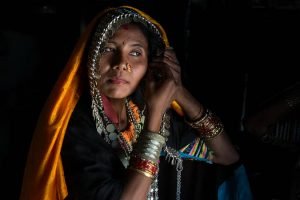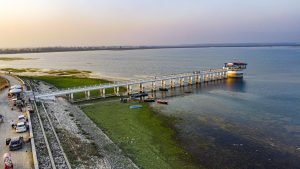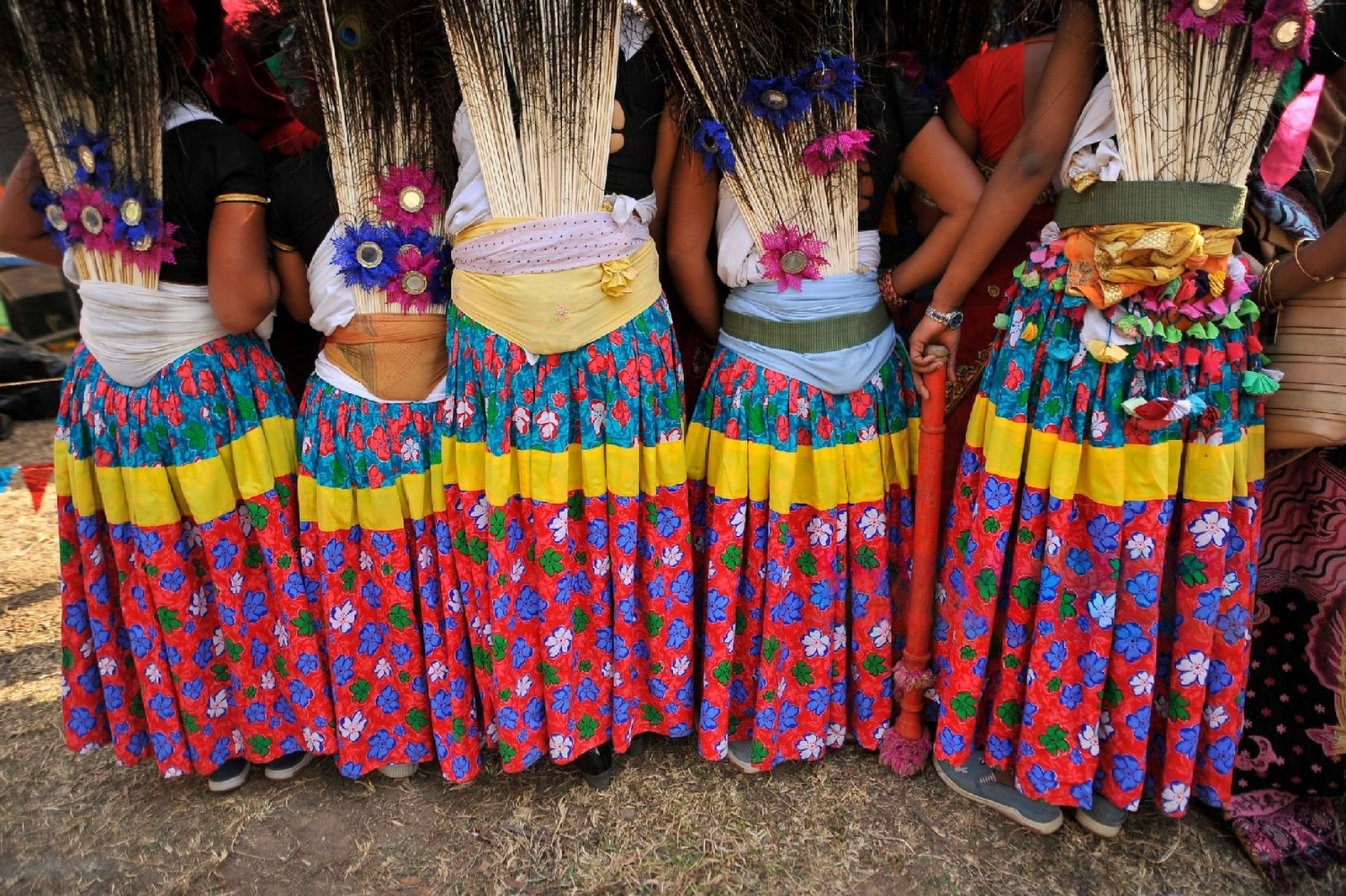Unveiling the Enigmatic Tapestry of Rana Tharu History
Introduction
The Rana Tharu community, nestled in the verdant Terai region of Nepal, is endowed with a history as rich and diverse as the landscape they inhabit. Rooted in a tapestry of ancient traditions, cultural exchanges, and adaptations, Rana Tharu history unveils a captivating journey that spans centuries. In this article, we delve into the intricate layers of Rana Tharu history, tracing their origins, evolution, contributions, and the challenges they have encountered along the way.
Ancient Origins and Ethnogenesis
The origins of the Rana Tharu people are shrouded in the mists of time, with multiple theories surrounding their ethnogenesis. It is believed that the Rana Tharus are descended from various ethnic groups, including indigenous tribes and migrants from neighboring regions. Their unique identity has evolved through a harmonious amalgamation of customs, languages, and beliefs.
Inhabitants of the Terai: A Historical Overview
The Rana Tharu people have been an integral part of the Terai landscape for centuries. Living in close communion with nature, they have mastered agricultural practices suited to the region’s fertile plains. The Terai, with its lush forests and abundant water sources, provided the ideal setting for the Rana Tharus to flourish.
Traditionally, Rana Tharus have been engaged in farming, animal husbandry, and other rural occupations. Their knowledge of the land and its resources has been honed over generations, and their sustainable practices have contributed to the preservation of the region’s biodiversity.
Cultural Resilience and Adaptations
Throughout their history, the Rana Tharu community has demonstrated remarkable resilience in the face of adversity. They have weathered social, economic, and political challenges while preserving their cultural heritage. Their distinct language, Tharu, is a testament to their cultural resilience and serves as a link to their ancient roots.
Traditional Practices and Beliefs
Rana Tharu history is interwoven with a tapestry of myths, rituals, and festivals. These traditions celebrate the changing seasons, honor ancestors, and seek protection from malevolent spirits. The “Maghi” festival, marking the winter solstice, and “Sakela,” a dance festival celebrating the harvest, are just a few examples of the vibrant cultural practices that define the Rana Tharu way of life.
Contemporary Challenges and the Path Forward
Modern times have brought both opportunities and challenges to the Rana Tharu community. Rapid urbanization, environmental changes, and shifts in economic dynamics have impacted their traditional way of life. Efforts to balance development with cultural preservation are ongoing, as the Rana Tharus strive to safeguard their heritage while embracing the benefits of progress.
Education and empowerment initiatives have emerged to uplift the community, providing them with the tools to navigate the complexities of the modern world while maintaining a strong connection to their roots.
Conclusion
The history of the Rana Tharu people is a captivating saga of adaptation, resilience, and cultural continuity. Their journey from ancient origins to the present day reflects a dynamic interplay of tradition and change. As the Rana Tharu community moves forward, their history remains a source of inspiration, guiding them to embrace their heritage while forging a path toward a future that respects their roots and aspirations.








